As the core equipment of this sport, golf clubs not only directly affect the player’s hitting feel and competitive performance, but also to a large extent reflect the player’s identity and taste. With the growing popularity of golf worldwide, the market size of golf clubs continues to expand. Whether for professional tournament players or amateur enthusiasts, the requirements for club performance, brand, and appearance are becoming increasingly higher. According to relevant market research, the global golf equipment market has exceeded 10 billion USD, with golf clubs occupying the most essential share.
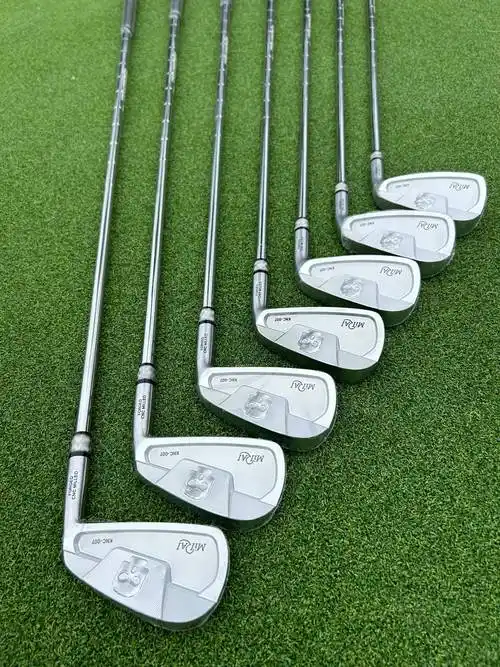
Laser Marking for Golf Clubs
In a highly competitive market environment, club manufacturers not only need to ensure stable product performance, but also must meet consumers’ multiple demands for branding, personalization, and anti-counterfeiting. Brand identification can increase consumer trust in the product, personalized customization gives clubs unique emotional value, while anti-counterfeiting markings are particularly crucial for safeguarding brand reputation and preventing counterfeits from entering the market.
Against this background, laser marking, as a high-precision, permanent, and environmentally friendly marking technology, is becoming an important tool in golf club production. It can achieve clear, aesthetic, and durable markings on different club materials, not only enhancing the overall value of the product, but also providing strong support for brand protection and user experience.
Main Materials of Golf Clubs and Marking Requirements
Golf clubs are composed of multiple parts, and the material selection of each part directly affects the club’s performance and user experience. Different materials not only determine the weight, strength, and elasticity of the club, but also put forward different requirements for subsequent processing and marking methods.
Club Head Materials
The club head is the key part for hitting the ball, and its materials usually include:
Stainless Steel: Commonly used in mid- to low-end clubs, with good wear resistance and strength, suitable for mass production.
Titanium Alloy: Lightweight and strong, a common material for high-end clubs, capable of providing a larger sweet spot and longer hitting distance.
Carbon Fiber Composites: Widely used in lightweight, high-performance clubs, able to optimize the design of the head’s center of gravity.
These materials have high surface hardness and strict precision requirements, thus laser marking is suitable for marking brand logos, model numbers, and decorative patterns.
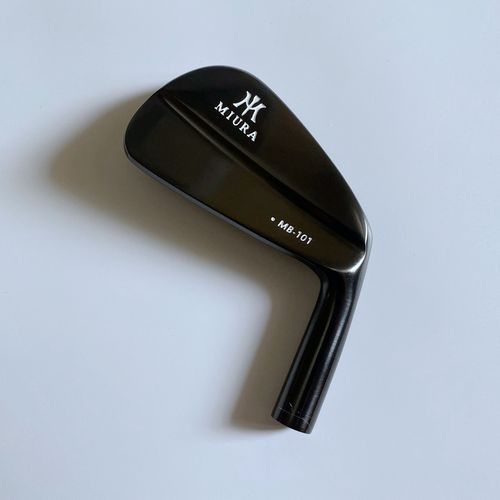
Marking On Club Head
Shaft Materials
The shaft determines swing stability and feel. Common materials include:
Steel: Heavier, provides a stable swing feel, often used by professional players.
Graphite/Carbon Fiber: Lightweight, highly elastic, suitable for players who need higher swing speeds, widely used in amateur and women’s clubs.
The shaft usually requires marking parameter information (such as length, weight, stiffness grade). Laser marking can achieve permanent and wear-resistant marks on the surface.
Grip Materials
The grip directly affects the player’s holding comfort, with the main materials being:
Rubber: Good anti-slip performance, cost-effective, and the most widely used.
Resin/Composites: Lighter, highly weather-resistant, suitable for high-end clubs.
Grips are often used for personalized markings, such as player initials or custom patterns. Laser marking technology can achieve fine markings without damaging the performance of the material.
Marking Requirements
With the development of the golf market, higher requirements for marking have been proposed during club design and production, mainly including:
Brand Identification: Enhances brand recognition and strengthens consumer trust.
Parameter Information: Such as model, weight, stiffness, providing reference for selection and use.
Anti-counterfeiting Serial Number: Prevents counterfeit products from entering the market and protects brand reputation.
Personalized Customization: Meets players’ demand for unique style and exclusive equipment, increasing product added value.
It is evident that the diversified materials and precision craftsmanship of golf clubs make laser marking the most ideal identification method, as it not only meets durability and aesthetics but also integrates anti-counterfeiting and customization needs.
Advantages of Laser Marking on Golf Clubs
Laser marking technology, with its high precision, non-contact nature, and controllability, has become the ideal identification method in golf club production. The specific advantages are as follows:
High Precision and Aesthetics
Laser marking can engrave complex brand logos, fine patterns, and text on the club surface. Whether micro-sized fonts or decorative patterns, it can achieve high-resolution engraving, meeting the aesthetic requirements of club design while enhancing brand recognition.
Permanent Markings
Laser marking forms permanent traces by altering the material surface structure, without relying on ink or coatings. Therefore, markings will not fade or wear off, and can remain clear even under high-intensity use. This is particularly important for long-term use of golf clubs and anti-counterfeiting management in the second-hand market.
Non-contact Processing
As a non-contact processing method, laser marking does not exert physical pressure on the surface of the club head, shaft, or grip, thereby avoiding any impact on the mechanical properties or surface integrity of the club. This is especially critical for high-end titanium alloy, carbon fiber heads, and lightweight shafts.
Multi-material Adaptability
Laser marking can be applied to various materials:
Metal parts (such as stainless steel, titanium alloy heads, steel or graphite shafts) for deep, clear markings.
Certain plastic or rubber materials (such as grips) for shallow marking or pattern etching.
This material flexibility allows laser marking to be widely applied across all parts of the club.
Environmentally Friendly Process
Laser marking does not require inks, solvents, or chemicals, avoiding wastewater discharge and pollution issues, in line with modern green manufacturing and environmental protection concepts.
Efficient Production and Automation
Laser marking systems can achieve continuous production. Combined with CCD recognition systems or automated transfer devices, they can efficiently complete mass club marking on production lines. High repeatability and automation capabilities significantly improve production efficiency while ensuring consistency and precision in every club’s marking.
Typical Application Scenarios of Laser Marking on Golf Clubs
The application of laser marking technology on golf clubs not only meets production and functional needs but also enhances brand value and user experience. Typical scenarios include:
Brand and Model Identification
Laser marking can precisely engrave brand logos, series names, and technical parameters (such as shaft weight, face angle, stiffness) on the head, shaft, or grip.
Head Marking: Displays brand logo and model, reinforcing brand recognition.
Shaft Marking: Engraves technical parameters, facilitating player selection and use.
Grip Marking: Displays series name or manufacturing info, ensuring complete club information.
This high-precision marking makes brand identity clear while enhancing product sophistication.
Anti-counterfeiting and Traceability
Laser marking can engrave unique serial numbers or QR codes to establish anti-counterfeiting and traceability systems for clubs.
Laser Serial Numbers: Each club has a unique number, convenient for production batch management and after-sales tracking.
QR or Datamatrix Codes: Support digital information management, enabling online verification and product authentication.
Such markings effectively prevent counterfeit products from entering the market and facilitate brand management of inventory and after-sales service.
Personalized Customization
Laser marking supports highly customized services, engraving player names, team logos, personalized patterns, or messages on clubs.
Personalized Heads: Names or commemorative patterns, suitable for high-end custom clubs.
Customized Shafts: Player-specific marks or design elements, increasing uniqueness.
Personalized Grips: Signatures or good-luck phrases, adding special value to gifts and collectibles.
This customization meets players’ demand for individuality and enhances interaction between brand and users.
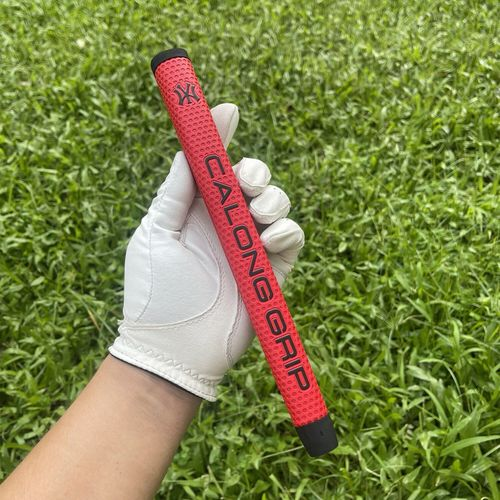
Golf club grip markings
Tournament or Commemorative Clubs
In professional events, commemorative activities, or limited-edition clubs, laser marking can engrave event information, dates, champion signatures, or special patterns.
Tournament Clubs: Marked with year, event name, and special numbering for collection and commemoration.
Commemorative Clubs: Customized gift clubs that increase collectible value and brand influence.
Through such applications, laser marking not only provides identification and anti-counterfeiting functions but also adds aesthetic and cultural value to golf clubs.
Choosing The Right Laser Marking Machine
In the production and customization of golf clubs, choosing the right laser marking machine is crucial. Different types of laser marking machines have their own advantages, meeting different processes, materials, and production needs. The following are recommended machines and their features:
CCD Camera Visual Laser Marking Machine
High-precision positioning: Built-in CCD camera can identify surface contours and curved positions of the club in real time for accurate marking.
Suitable for complex patterns: Able to engrave fine logos, micro-text, or intricate patterns with consistency.
Long service life: Laser source and optical components are designed for durability, suitable for long-term stable production.
Automation-friendly: Can be integrated with production lines and robotic systems for high-speed automated marking.
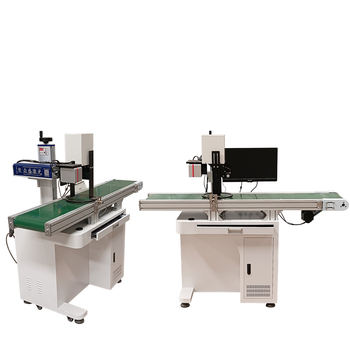
ccd camera visual laser marking machine
Color Fiber Laser Marking Machine
Multi-material adaptability: Can achieve color or two-tone marking on metal heads, shafts, and some plastic grips.
Adjustable power: Flexibly adjusts laser power based on different materials and thicknesses for optimal results.
High speed: Fast marking suitable for mass production, improving efficiency.
Aesthetic and durable: Color markings are vivid, wear-resistant, and durable, enhancing appearance and sophistication.
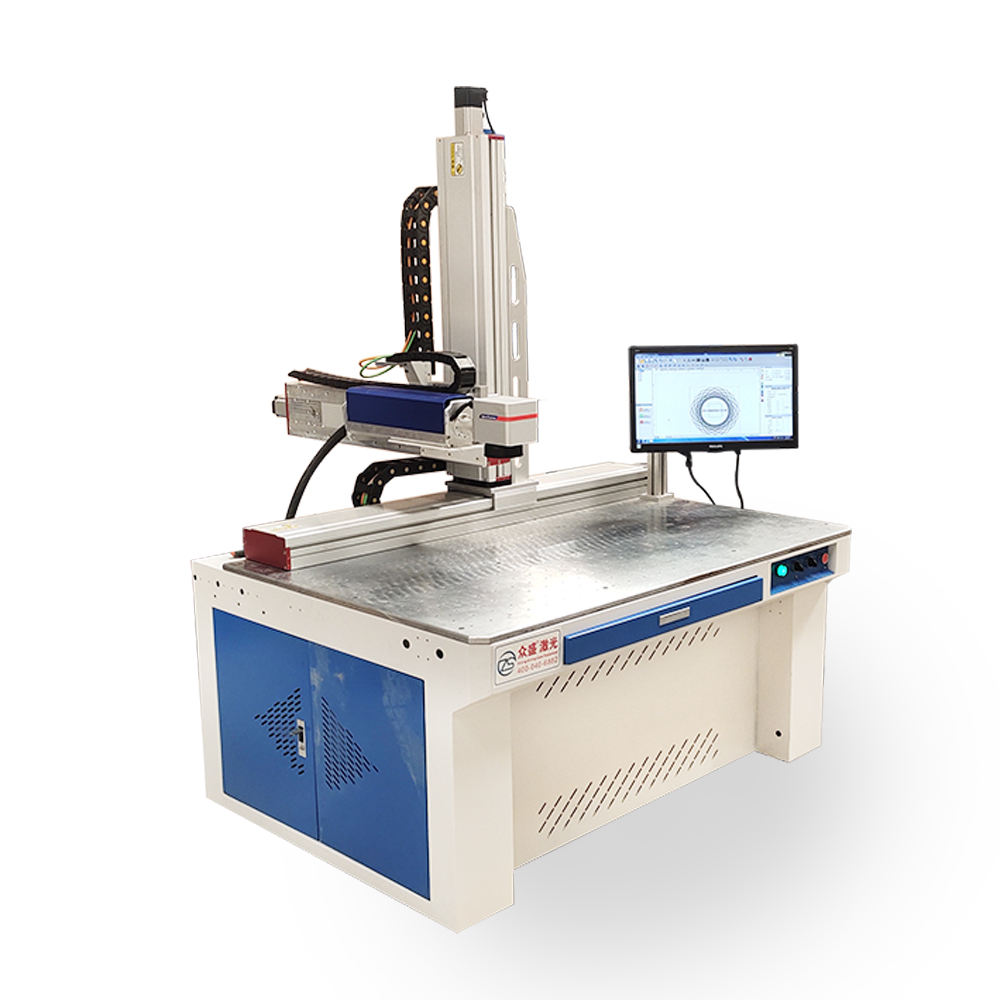
Color Fiber Laser Marking Machine
Portable Fiber Laser Marking Machine
Flexible application: Suitable for large or immovable clubs and other equipment, allows on-site marking.
High efficiency: Convenient handheld operation, quickly completing single or small-batch jobs.
Reliable precision: Stable fiber laser ensures clear and lasting markings.
Easy maintenance: Compact structure and simple operation reduce maintenance costs.
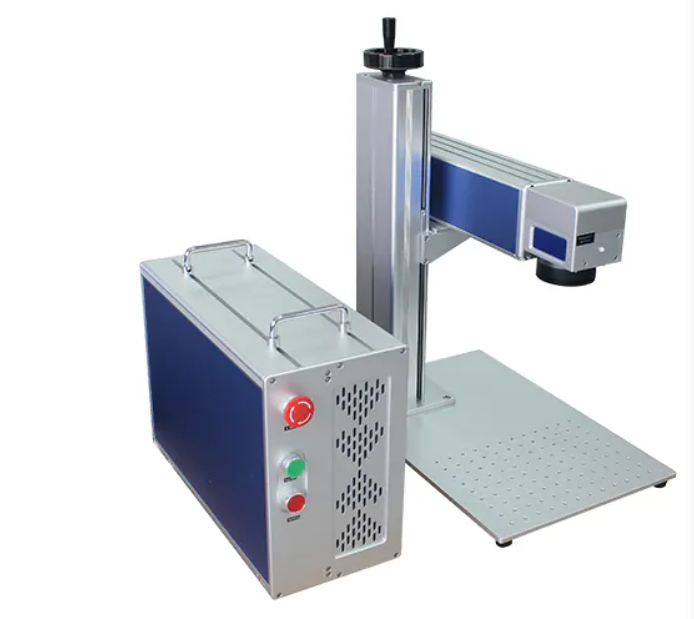
portable fiber laser marking machine
Selection Recommendations
Mass, continuous production: Color fiber laser marking machines are recommended, which can be integrated into production lines for high-speed, high-precision marking.
Complex surfaces or high-precision customization: CCD camera visual laser marking machines are better suited for fine patterns and micro-markings.
Personal DIY use: Portable fiber laser marking machines provide flexible solutions, convenient for on-site operation.
If you are looking for efficient, reliable, and customizable golf club laser marking solutions, ZS Laser can provide you with:
Free sample marking tests
Professional technical consultation
Customized equipment solutions
Contact us, and let our professional team help you achieve high-precision, high-efficiency, and personalized club marking solutions to enhance your brand value and market competitiveness!
 ZS Laser Equipment
ZS Laser Equipment

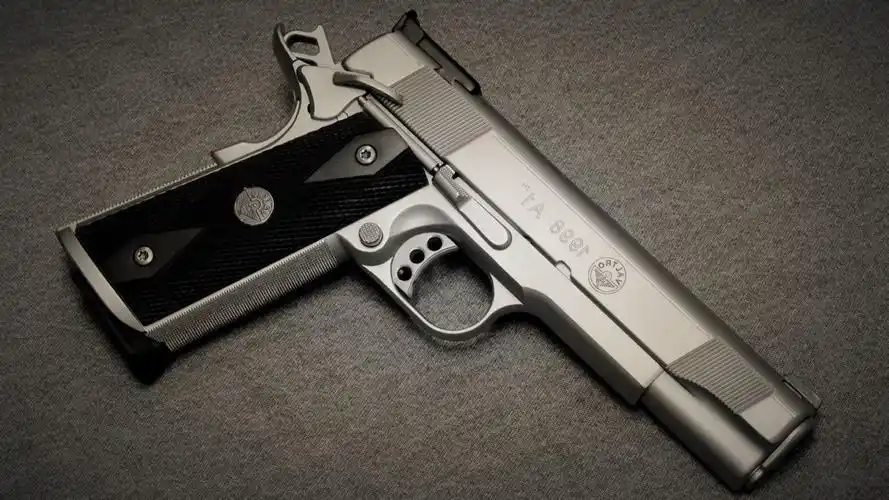
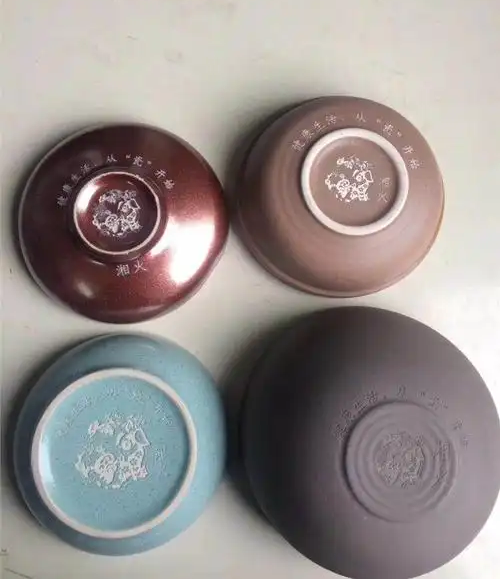
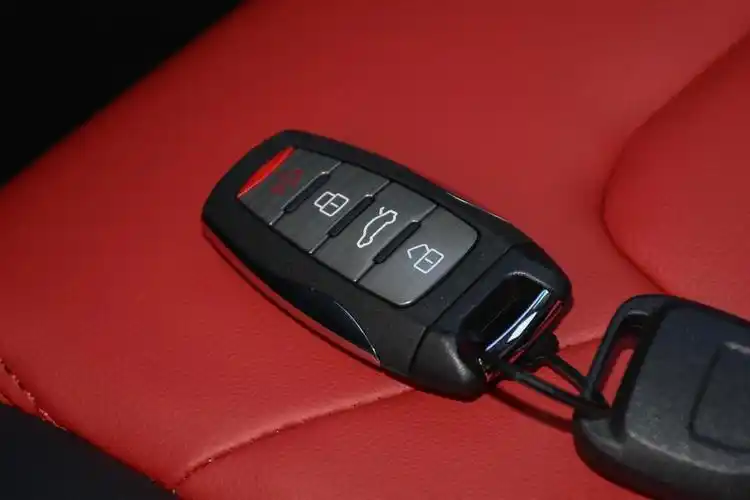


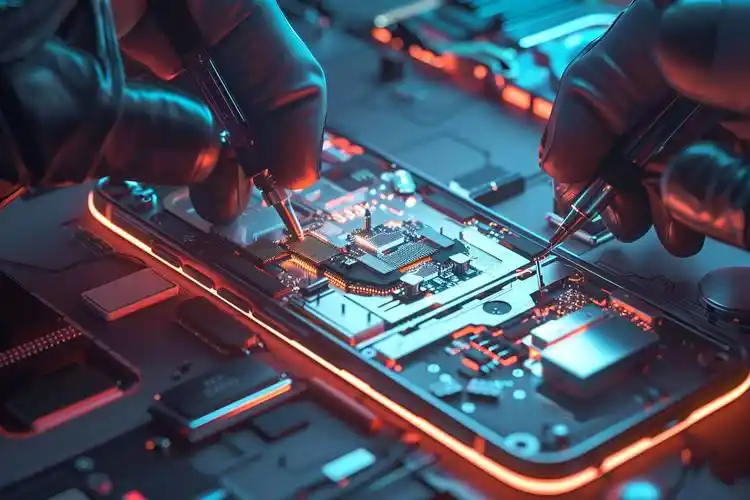
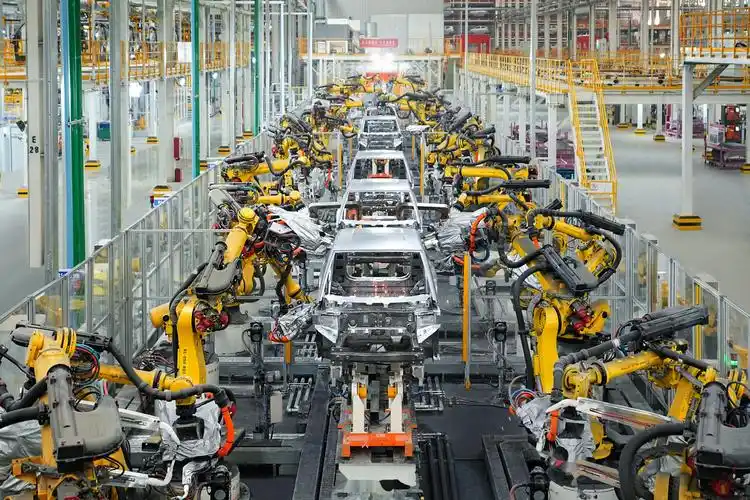
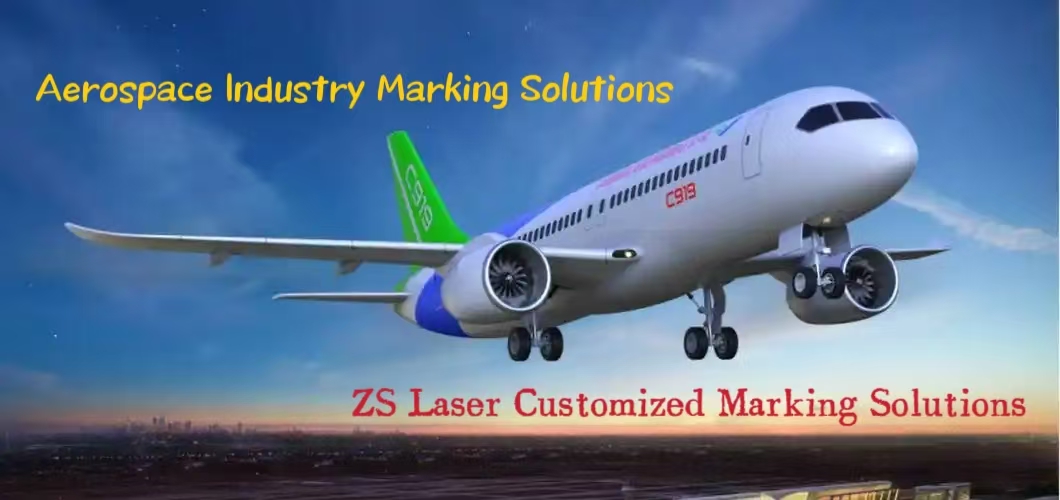

WhatsApp
Scan the QR Code to start a WhatsApp chat with us.